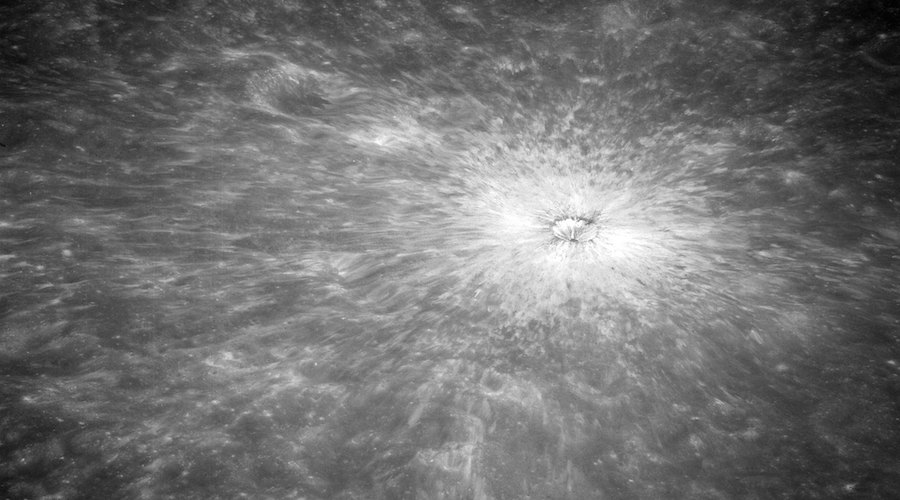Researchers design microgrid for future lunar base

Researchers at the US’s Sandia National Laboratories are working with colleagues at NASA to develop a reliable and resilient microgrid for the moon.
NASA’s plan for its concept Artemis lunar base is that it will serve as a technology proving ground for the eventual human exploration of Mars. The base camp concept consists of a habitation unit — complete with room for up to four astronauts — as well as the potential for separate mining and fuel processing, called in-situ resource utilization facilities. Early Artemis missions will include short stays at the base camp with the goal to build up to stays of two months at a time.
According to Sandia researcher Jack Flicker, the mining and processing facilities could produce rocket fuel, water, oxygen and other materials needed for extended exploration of the lunar surface while decreasing supply needs from earth. This facility will be located far away from the base camp — so other science and technology activities conducted there won’t be disrupted — but the electrical grid for the two units will be connected during emergencies for resiliency and robustness.
One group at Sandia is designing an electrical system controller for the mining and processing center’s microgrid. NASA is designing the electrical system controller for the habitation unit, as the system will be very similar to the International Space Station’s direct current electrical system.
Flicker and his part of the team, on the other hand, are developing the system that will connect the two microgrids and are studying the power flow and operation between the two microgrids.
“There are some very important differences between something like an ISS-type microgrid to something that has the extent of a moon base,” Flicker said.
“One of those differences is the geographic size, which can be problematic, especially when running at low DC voltages. Another is that when you start to extend these systems, there will be a lot more power electronics as well as a lot more distributed energy resources that will exist throughout the base.”
Mining and processing center
The team designing the software to regulate the electricity of the mining and processing center said that the system is able to maintain an even voltage level on the grid, despite changing external situations.
In a media statement, researcher Lee Rashkin said the controller needs to be able to maintain an even voltage level on several different timescales, from less than a thousandth of a second to seasons. At the highest level of the control software, on the scale of minutes to seasons, people can control which solar panels generate power and what power-using devices are turned on.
However, at the lowest level, at less than a thousandth of a second, the controller needs to operate rapidly and automatically to maintain outputs at the required levels.
“Our goal is to come up with a lunar energy power management system that can efficiently maintain a level system on all those timescales,” researcher Dave Wilson said.
“We have a specialized Secure Scalable Microgrid facility and control-system-design methodology that analyzes this. The facility also has specialized energy storage emulators that can help us determine the specifications for how much energy storage the base needs and their requirements.”
Connecting two microgrids
The second major focus of the Sandia researchers is developing the system that will connect the mining facility and habitation unit microgrids for resiliency and robustness. There are two primary ways to get resiliency in a microgrid. One is to have the ability to flexibly route power where it’s needed. The other is to over-size everything to ensure there is enough power even if multiple instruments fail.
“Usually, we have some combination of those two, where it’s oversized to some extent, but you are also able to flexibly route power how you need to within a microgrid or between independent, yet cooperative microgrids like we’re exploring for the moon,” Flicker said. “In a contingency event such as an energy storage system failing during an eclipse, we want to be able to port the power at the mining facility over to the base camp to keep astronauts safe.”
Flicker is part of the team that is also exploring how the connection between the two microgrids could operate. They are studying the impact the distance between the mining facility and habitation unit has on transfer efficiency and stability, whether they’re five miles apart, or 20.
The team is also determining the optimal voltage the connection should operate at, and whether it makes sense for the connection to stay DC or if NASA should convert to AC to make the trip and then back to DC once it reaches the habitation unit.
More News
{{ commodity.name }}
{{ post.title }}
{{ post.date }}



Comments